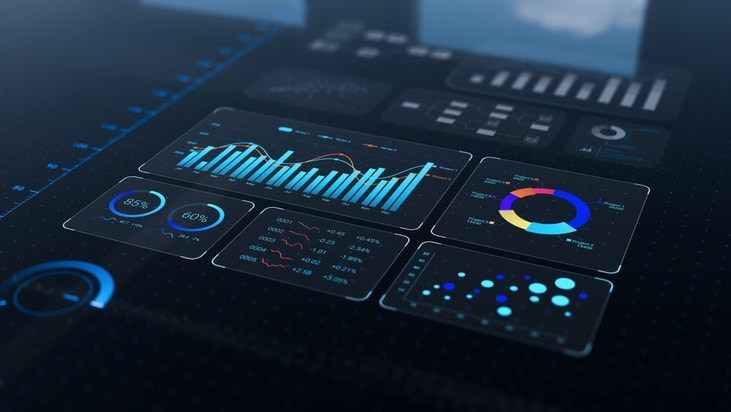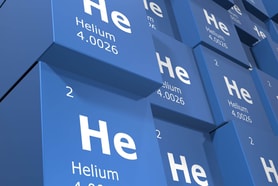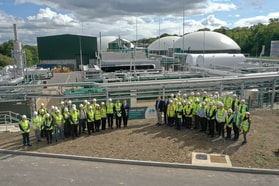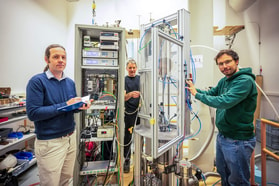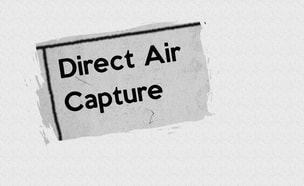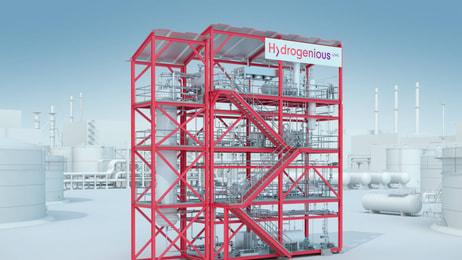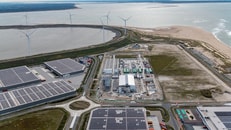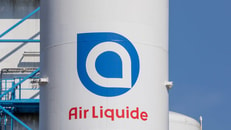Analysis: Chart–Flowserve deal and its tech
Global gas equipment company Chart Industries and US-based industrial machinery supplier Flowserve announced today that they have agreed to merge in an all-stock deal worth $19bn. As part of the merger, Chart revealed that the pair would be combining a selection of their ‘smart’ technologies – but what could this mean in practice?
“On the digital side, we’ve got a product called RedRaven, which essentially allows us to instrument, monitor and predict unplanned downtime, and then just really support our customers with the ability to operate and drive profitable operations in their flow loops,” said Scott Rowe, CEO of Flowserve, on the call about the deal.
The merger, among other things, opens the door to Chart’s digital technologies, including Uptime, which is a cloud-based subscription service that provides a 24/7 real-time view of a company’s equipment and its operational performance.
Another tool that was referenced as part of the agreement is Chart’s Ventsim, which is a software suite that is designed for the design, simulation, and control of ventilation systems in subsurface mines and tunnels.
... to continue reading you must be subscribed

